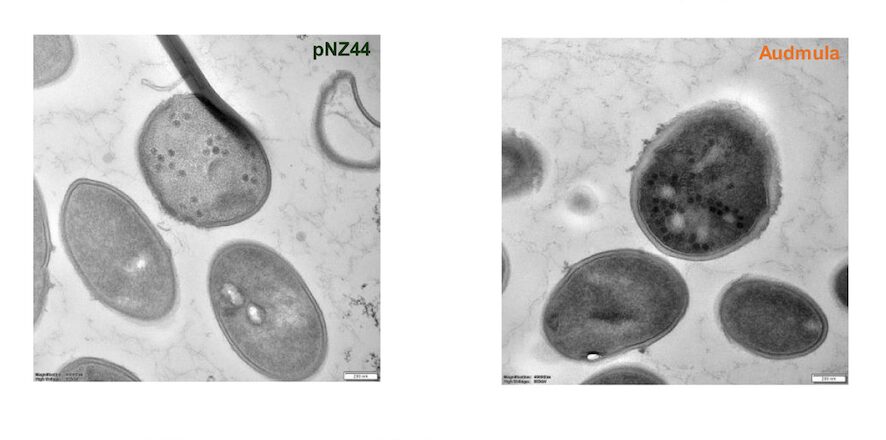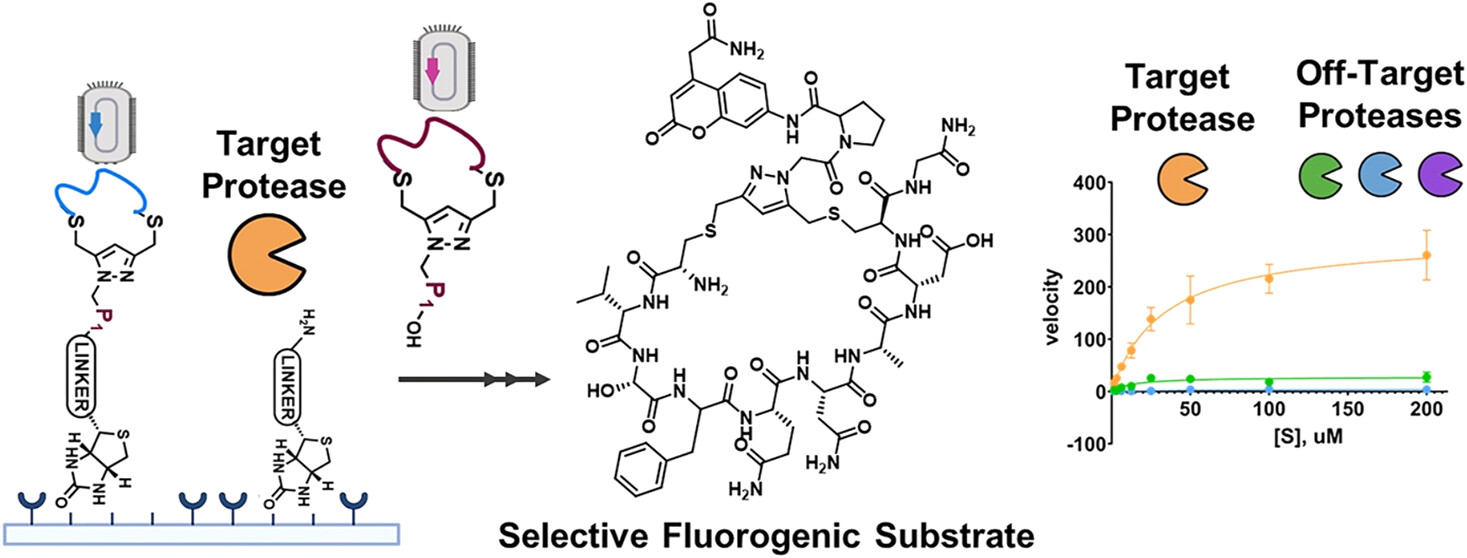
A virus is a microscopic, intracellular parasitic organism. It infects the host cell and uses its chemical machinery to make its own proteins and nucleic acids. While these particles are well-known pathogens for multicellular organisms, nothing prevents them from terrorizing microscopic unicellular organisms, such as archaea and bacteria. Bacteriophage, or simply “phage,” is a virus that infects bacteria. Like any other virus, phages cannot reproduce on their own; they require the assistance of a supporting cell (host cell). Because the host bacteria that support their replication must be living and metabolically active, dormant cells such as persister in a biofilm may not be infected by bacteriophages until they regain their activity. Phage has one of the better-understood virus life cycles because it is relatively easier to culture in the laboratory. They exhibit two kinds of life cycles, which are lytic and lysogenic.

Lytic bacteriophage cycle
The phage begins its attack by attaching itself to the cell wall of the bacteria. This attachment is extremely specific, with each phage being able to attach to only one type of bacteria. The nucleic acid from the capsule is injected into the cell via the hollow tail of these viruses, which use special enzymes to break down the cell wall. The viral nucleic acid uses the cell’s enzymes and organelles to replicate new viral parts. The components come together to form new viral particles called virions. Finally, the new phages produce an enzyme called lysin that weakens the cell wall, causing the host cell to burst and release the virions. The burst size is the measure of how many virions have been released per cell lysis while burst time is the duration taken from infection to cell lysis. A single host cell can generate hundreds of new virus particles depending on the phage in question. The lytic bacteriophage cycle ends with the mature viruses bursting out of the host cell in a process called lysis where the progeny viruses are liberated into the environment to infect new susceptible bacteria. Virulent phages are always in the lytic cycle, whereas temperate phages are in both the lytic and lysogenic cycles.

Stages of the lytic cycle
- Attachment
- Penetration
- Uncoating/insertion of nucleic acids
- Biosynthesis
- Maturation
- Release
are the stages of the lytic cycle.
Lysogenic bacteriophage cycle
Other bacteriophages, particularly temperate ones, do not always immediately enter a lytic cycle. Instead of producing virions, they sometimes incorporate their phage nucleic acids into host cell DNA to form a prophage. Every time a cell divides, the phage DNA replicates and spreads to more and more cells. In the lysogenic cycle, there is no cell lysis. The phage DNA may suddenly be activated and get excised from the host genome for some reasons like environmental stress, and the destructive lytic cycle begins. The host cell is destroyed once more, and a new generation of phage is released to infiltrate new hosts. The excising of phage nucleic acid from the bacterial genome isn’t always perfect and may sometimes lead to excising of some nearby bacterial genes. These genes will then be vectored by a transducing phage to the next host that will be infected by these phages, a process called specialized phage transduction.

Stages of the lysogenic cycle
- Attachment
- Penetration
- Uncoating/insertion of nucleic acids
- Integration
- Multiplication



Leave a Reply
You must be logged in to post a comment.